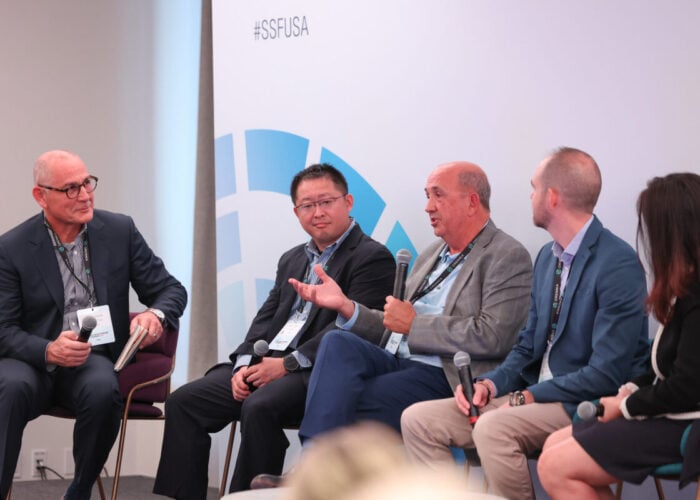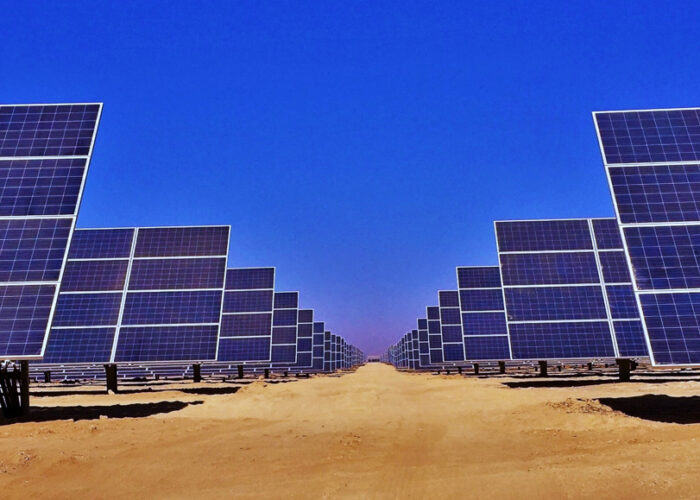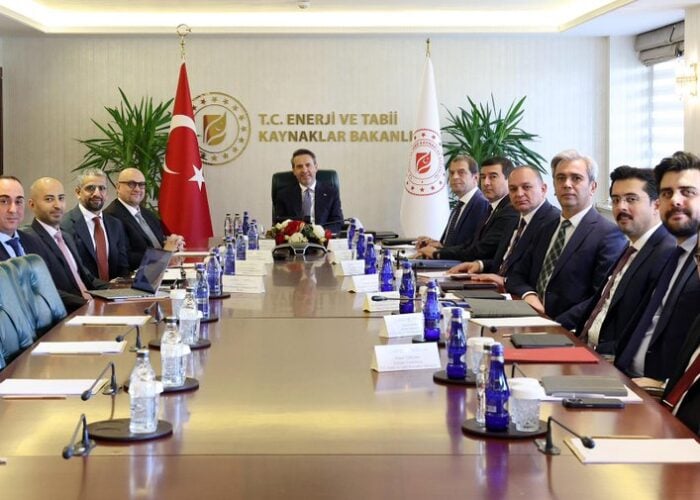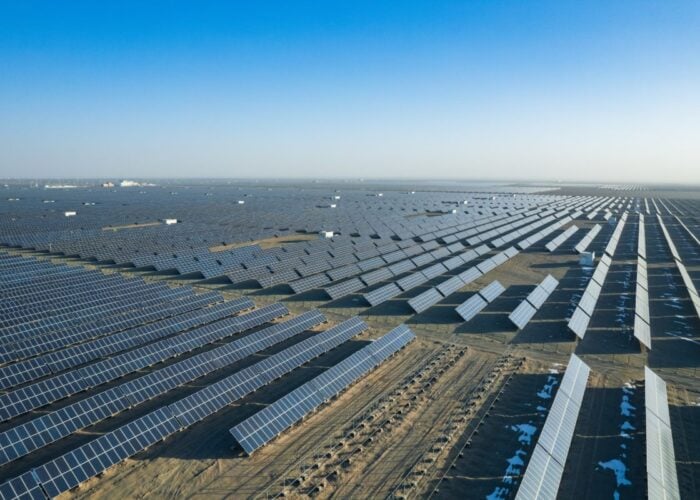Arizona-based Solar Bankers and its German affiliate Apollon have developed a new CPV module which, the companies claim, has low production costs and a 28% conversion rate.
The module, which is already patented in the US, is composed of a silicon cell and a holographic optic which is printed on a cover glass. With just a few millimetres between the cell and optic, the holographic element helps to filter the sunlight hitting the solar by selecting the more “desirable wavelengths of the light”.
Try Premium for just $1
- Full premium access for the first month at only $1
- Converts to an annual rate after 30 days unless cancelled
- Cancel anytime during the trial period
Premium Benefits
- Expert industry analysis and interviews
- Digital access to PV Tech Power journal
- Exclusive event discounts
Or get the full Premium subscription right away
Or continue reading this article for free
According to Alfred Jost, President of Solar Bankers, this wavelength selection helps to “avoid overheating issues usually generated by concentrated technologies which are today the source of significant efficiency losses.”
Jost adds: “With the holographic optic a 20- to 30-times concentration of the desirable wavelengths of the light makes a silicon needs reduction by over 90% compared to the amount of silicon used in standard solar modules possible. The amount of silicon used in our prototype can be measured in millimetres, reaching barely 3% of the total module area. Since solar cells account for more than half of module prices today, we achieve here considerable savings with comparable or higher efficiency values being possible.
“The rest of the module can optionally be left empty or be used as a kind of hybrid solar module, for example using solar thermal technology. The combination of both reduced raw material costs and higher efficiency levels is the key to achieve favourable energy generation costs. With our technology, grid parity can finally be reached. Soon such solar panels will become standard, affordable household products.”
The module is produced using a new patented technology which enables the modules to be manufactured at significantly lower prices compared with existing technologies.
“With the patent, the production costs of our solar modules are clearly under those of Chinese manufacturers even if we decide to build the modules in Germany or the USA,” Jost commented.
Compared with existing PV modules, the new module requires just a fraction of the semiconductor material while the performance per square meter of the module surface is almost twice as high as conventional PV, the companies claim.
In addition, the new module has a 28% conversion rate compared with, the companies reveal, the market average of 17%. However, Solar Bankers and Apollon both expect “even better results”.
The companies now plant to establish a 300MW production line in the US or Germany. In doing so, they expect to create up to 500 new jobs.





